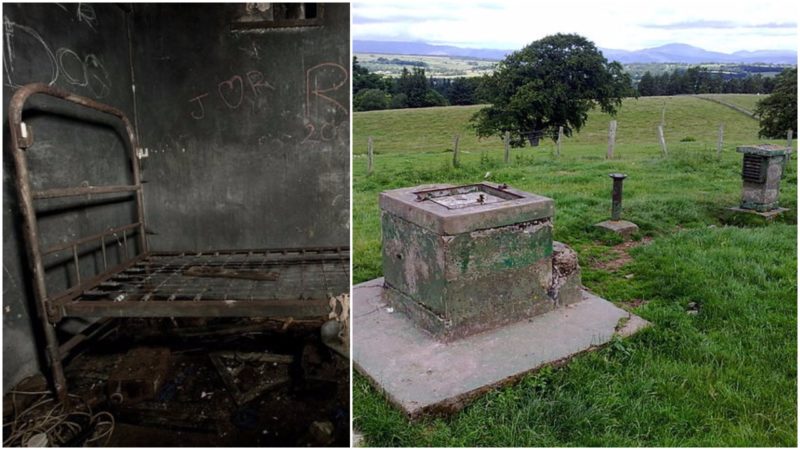The Royal Observer Corps (ROC) was a civilian volunteer organization operating in the UK from October 1925 to December 1995.
In the days of World War II, this organization was an integral part of a raid reporting system before being replaced by radar, and the main duty of the volunteers was to alert fighter pilots of the presence of V1 rockets by launching flares into the sky. After the war, the volunteers had a new role in reporting the effects of Soviet nuclear explosions and fallout.
For this purpose, 1,563 monitoring posts operated by volunteers were built across the UK. The posts are subterranean structures built of concrete with the standard design consisting of a 14-foot-deep access shaft, a toilet, a store, and a monitoring room. Inside, there was enough space for three observers and their monitoring equipment.
Some posts were closed in 1968 because of a reorganization of the ROC. The authorities closed several others over the next 40 years because of structural problems, constant flooding, or vandalism.
The rest of the posts were closed in 1991 when the Cold War ended. Many of the posts have been ruined or adapted to other uses, but many of them still exist, although often in bad condition. ROC posts were typically positioned around eight miles apart.
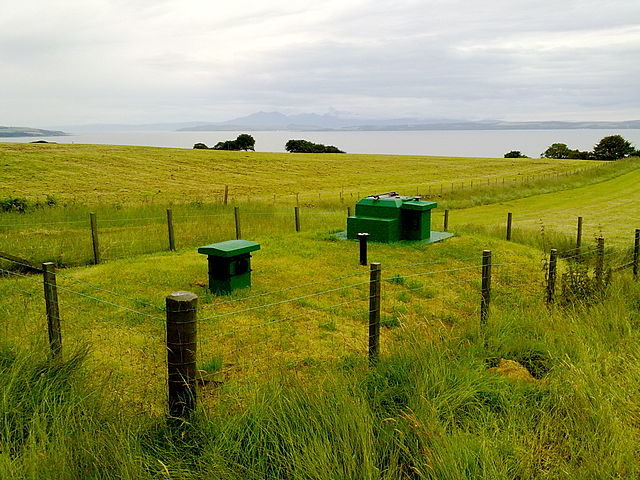
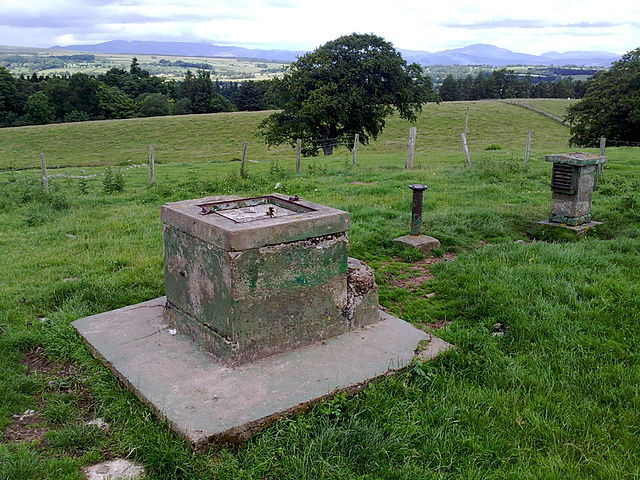
Culham ROC Monitoring Post
It is not difficult to find and visit surviving ROC posts. All you need is the exact spots on a map (which is easy to find on the internet) and an adventurous spirit. For example, the most explored ROC post (the Culham ROC post near Didcot, England), although covered up by trees, is easy to find.
Subterranea Britannica visited the Culham ROC post in 1998. The website described the abandoned place with the words: “… All surface features intact, but the ventilation louvres are missing. Internally, the post is damp with graffiti on the walls and burnt rubbish on the floor. A dismantled bed and a siren box are the only remaining artifacts.”
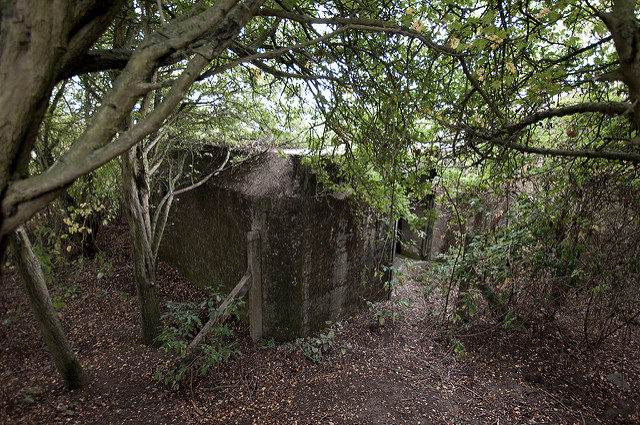
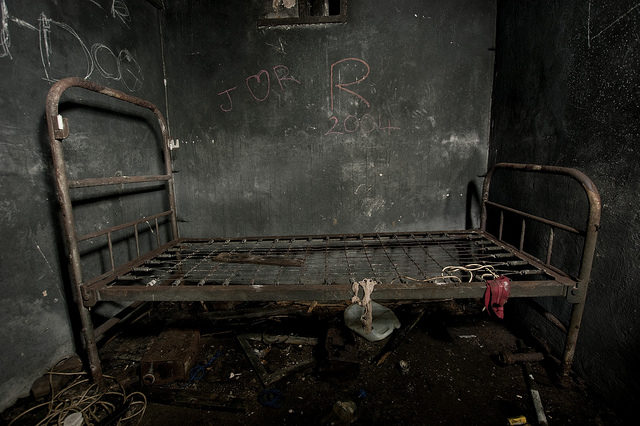
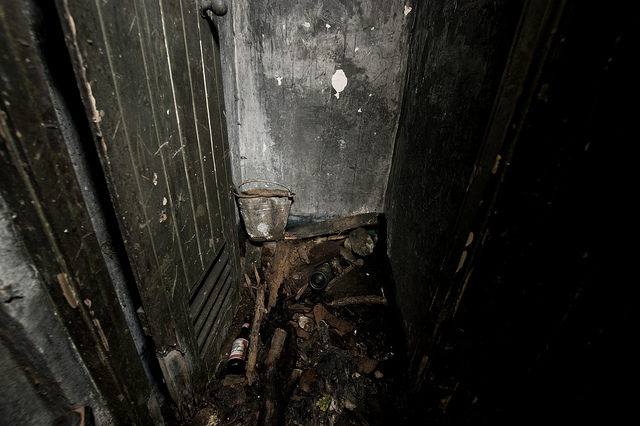
According to 28 DL Urban Exploration, the condition of the post was like this: “The post was damaged by fire many, many years back…the sump is broken. As for surface features, again nothing has changed except that the shaft is now jammed open; luckily the post is mostly dry.”
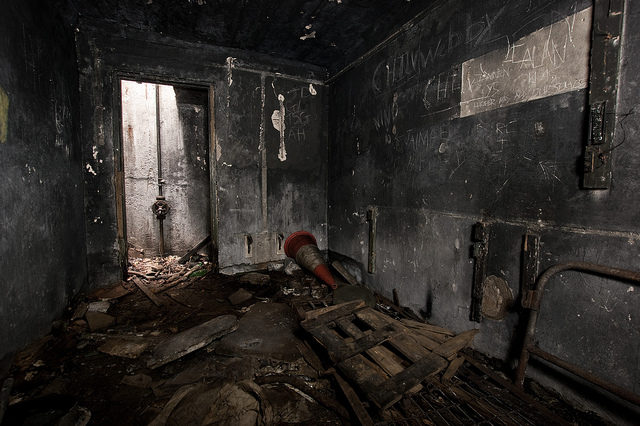
Today, the Culham ROC Post persists in silence under the surface of the Oxfordshire countryside.
